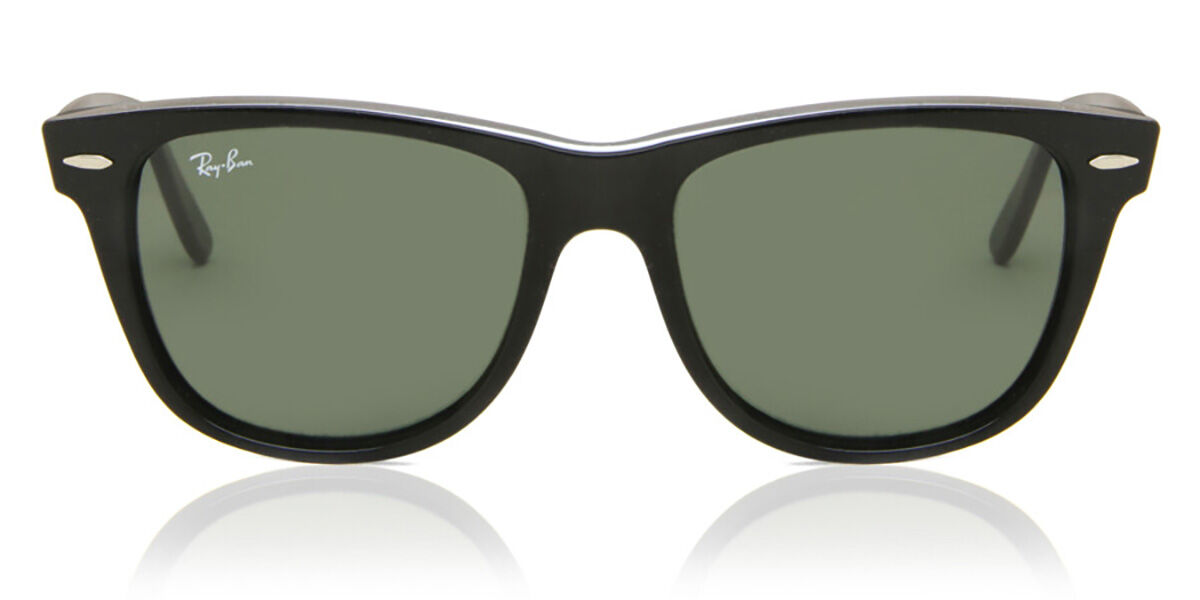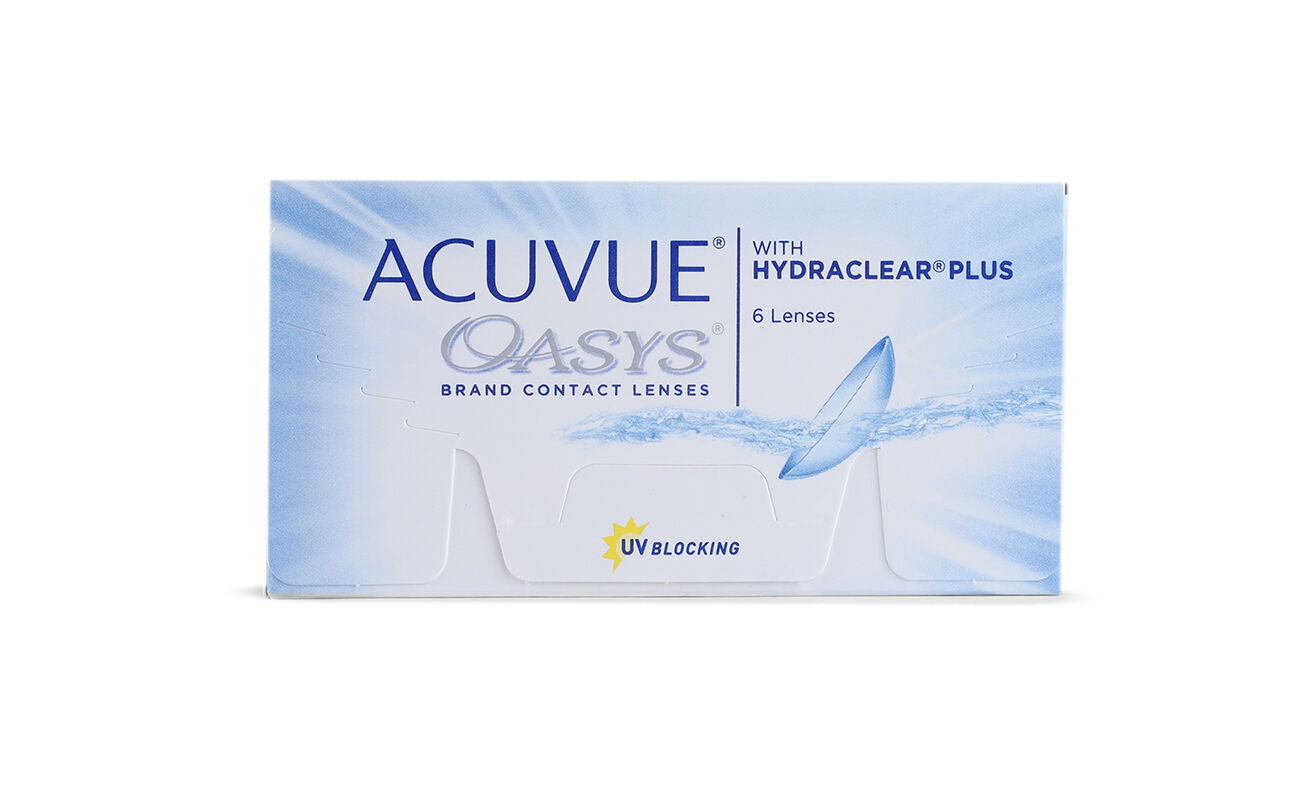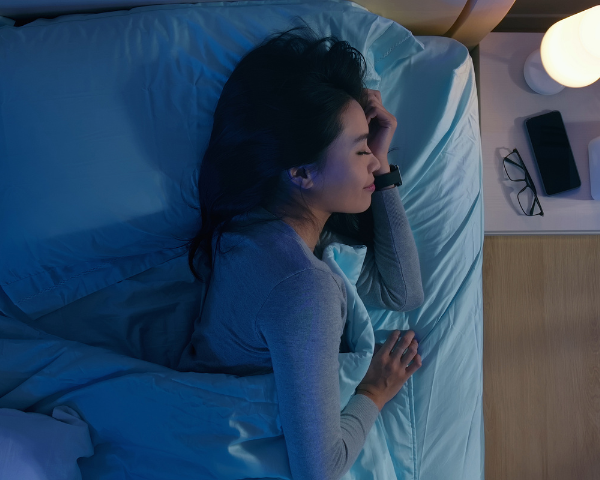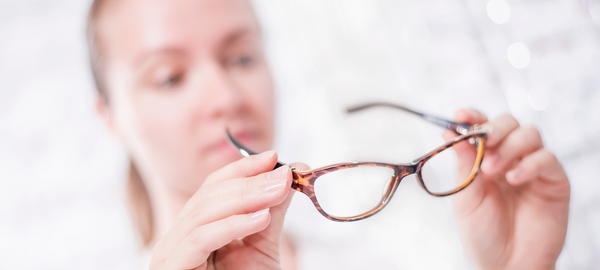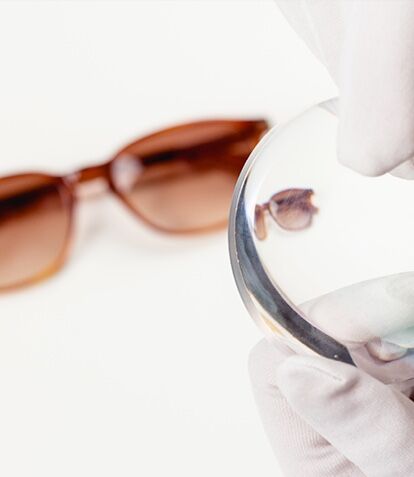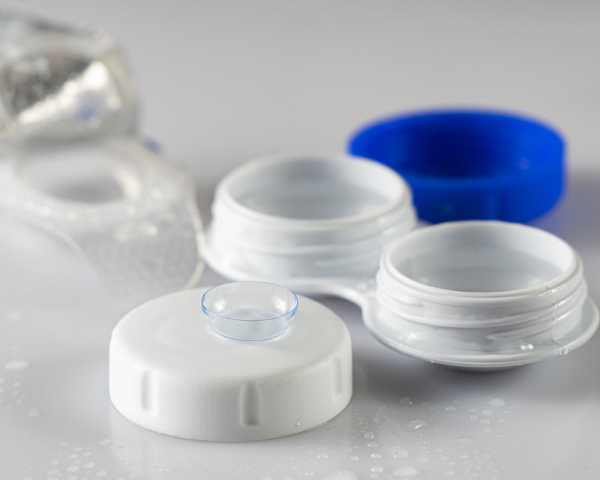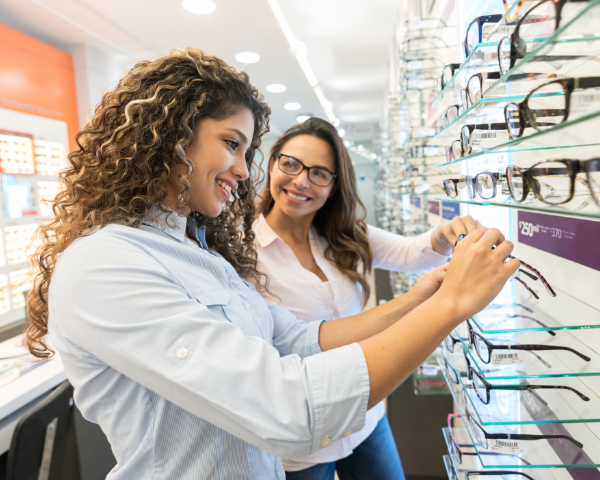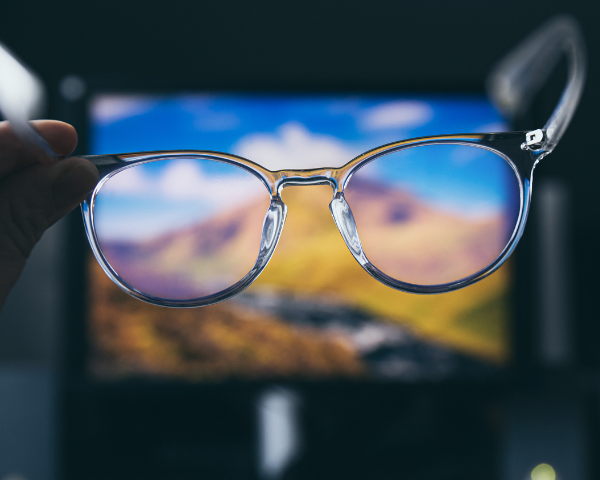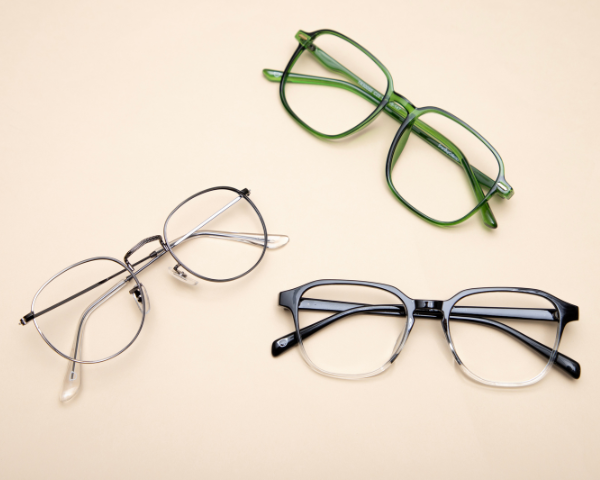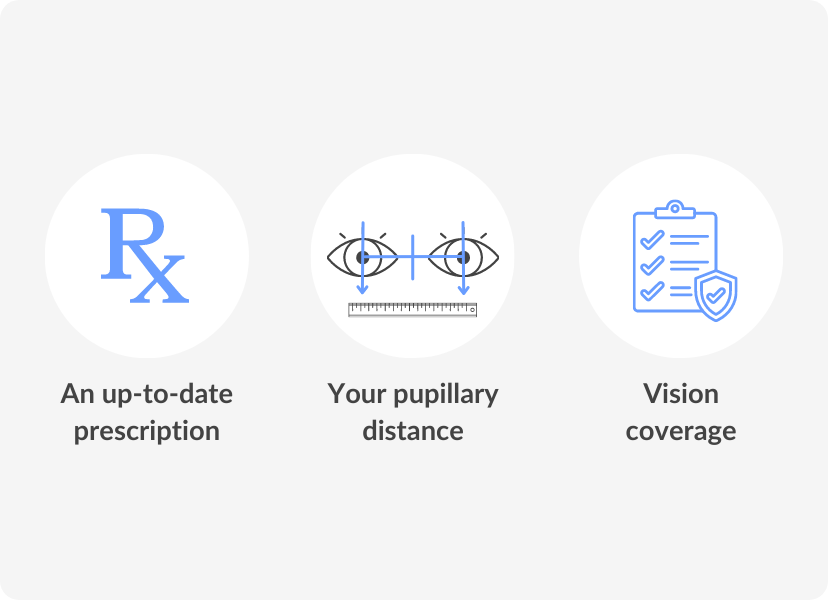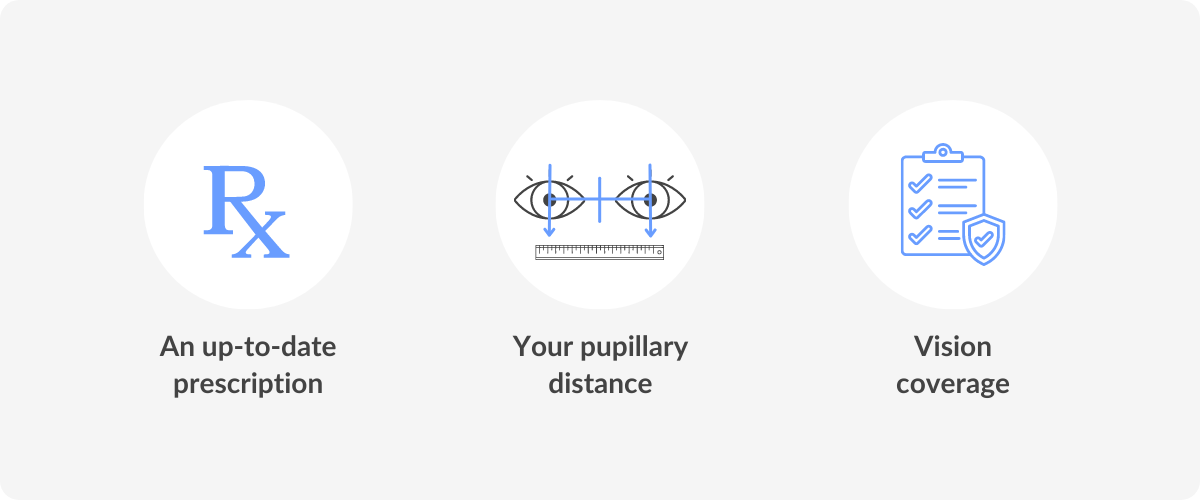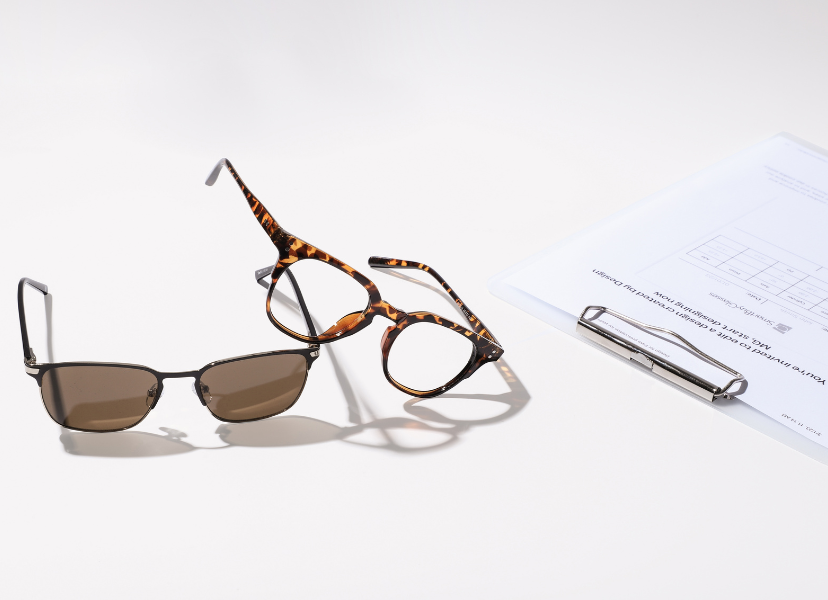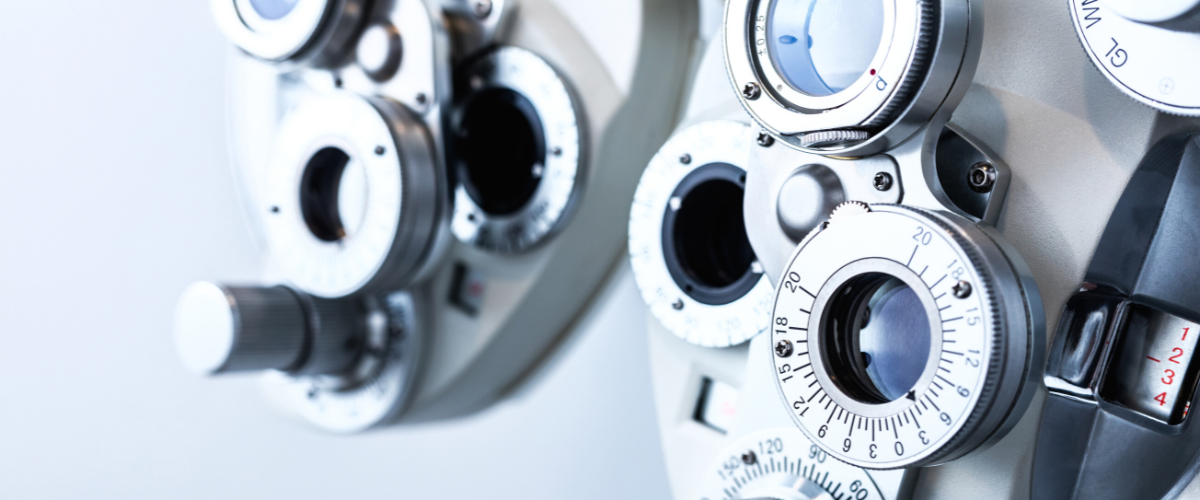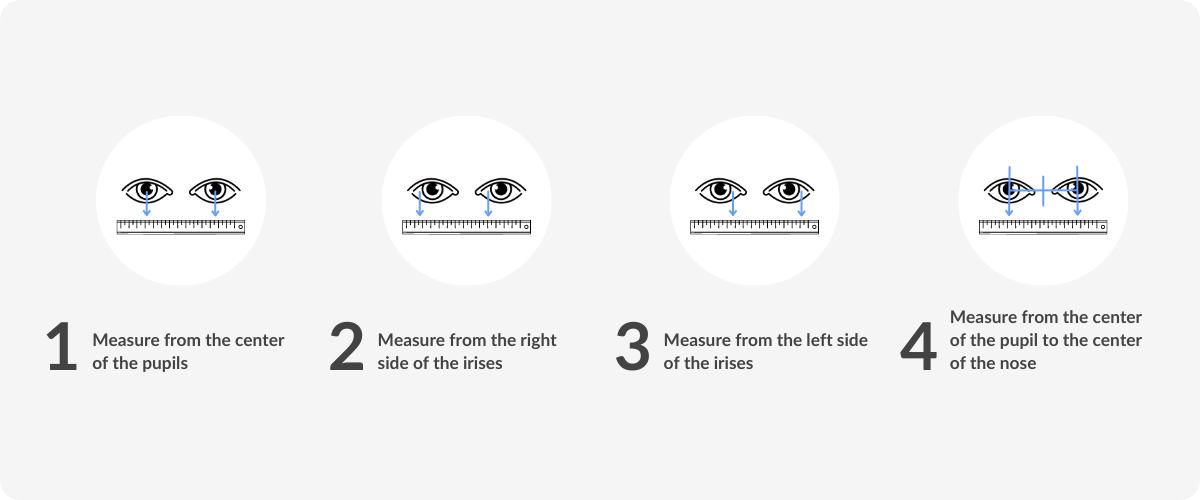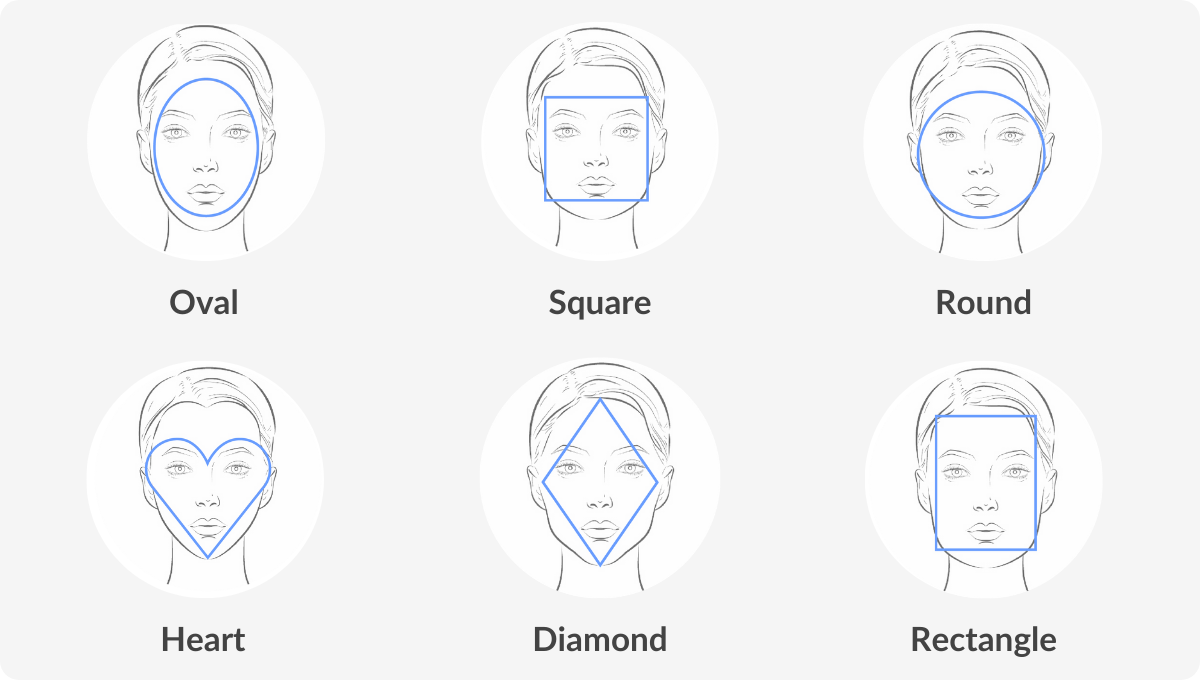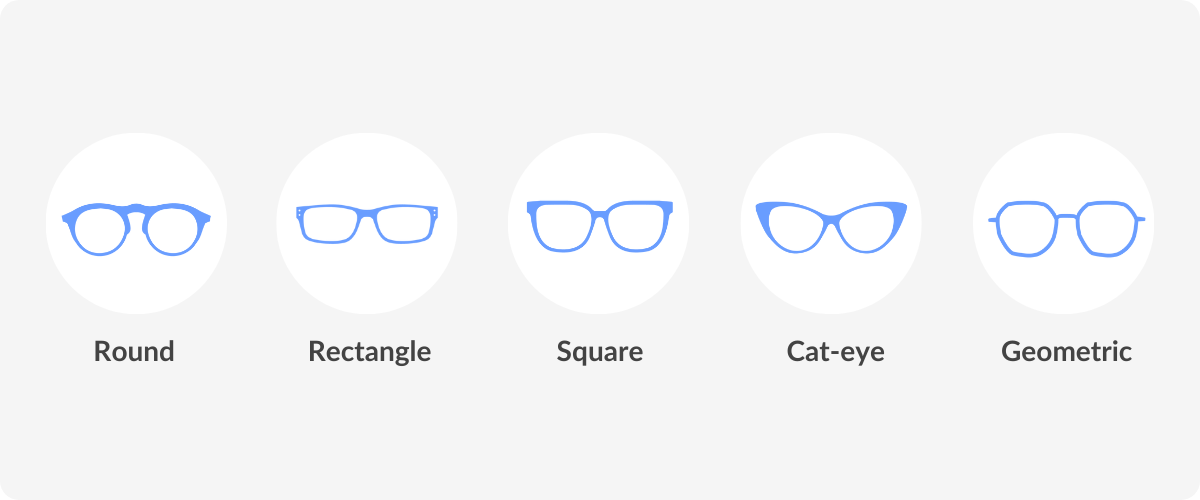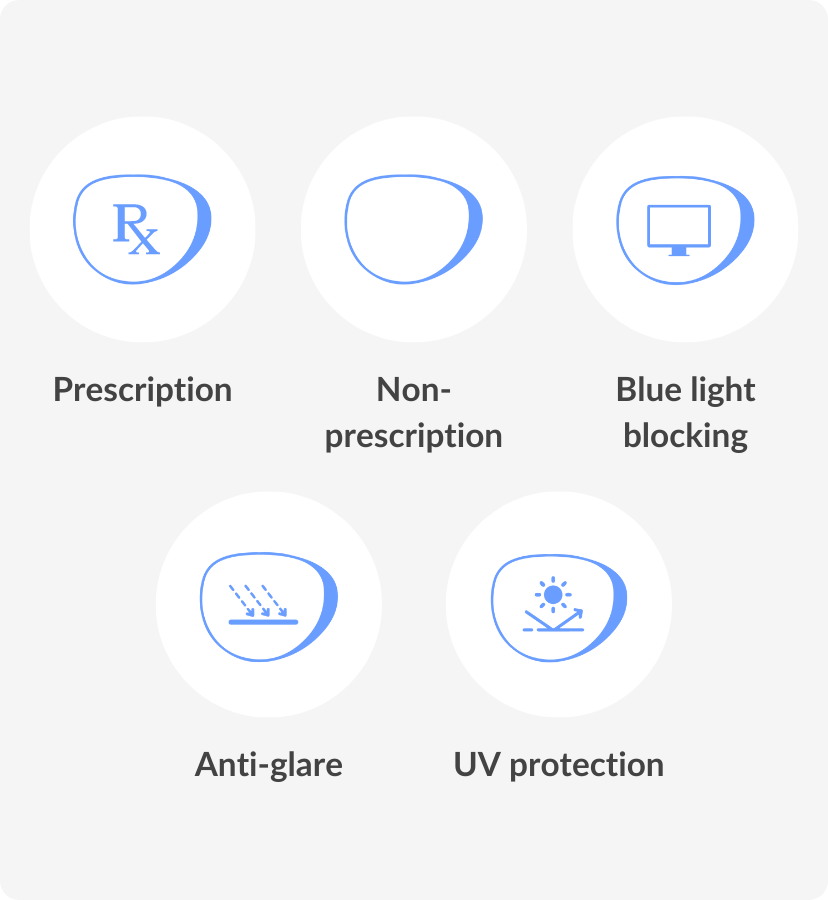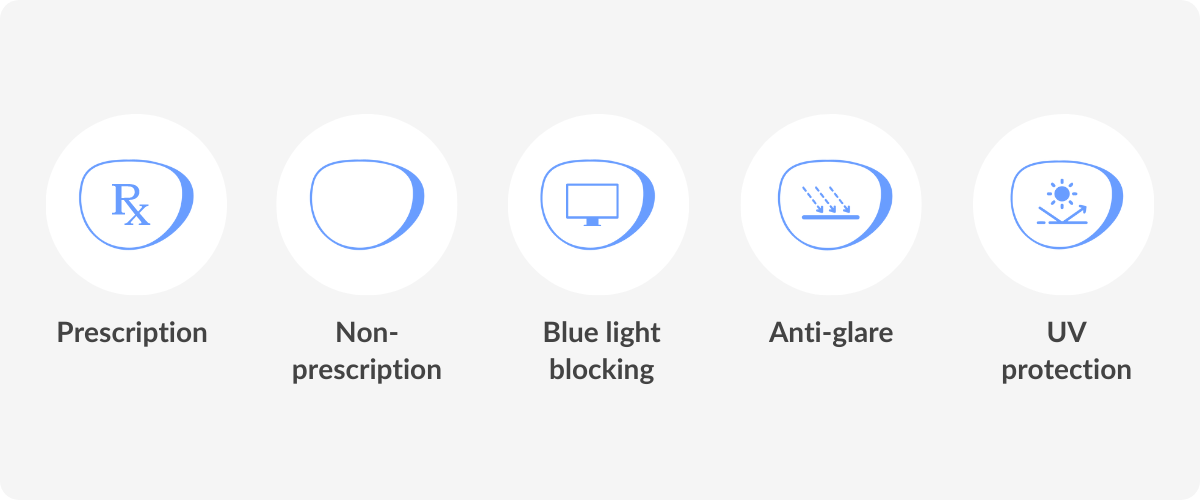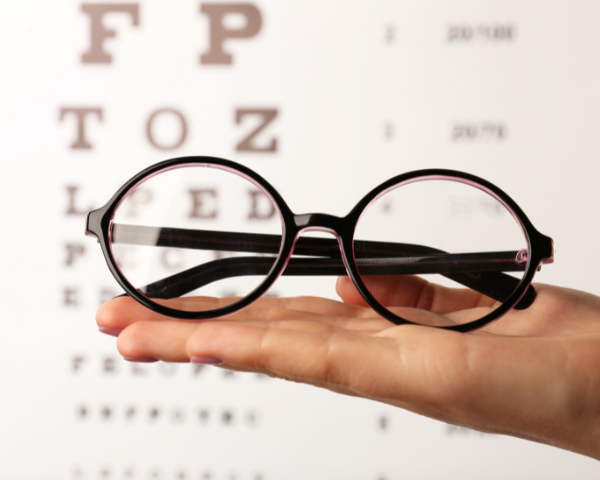How to Get Rid of a Stye
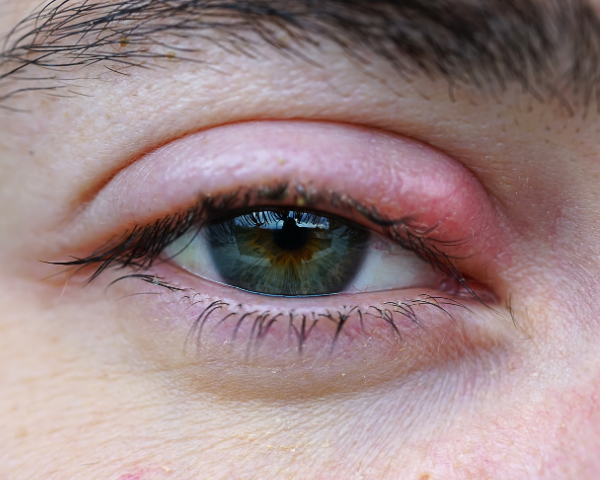
A stye is a red bump near the eye that can resemble a pimple inside eyelid, or more commonly, outside the eyelid.
Styes are also known as a hordeolum. Styes are typically puss filled and can cause discomfort or swelling near the eye.
While not usually an indicator of a serious medical condition, you should see your eye care professional if the stye does not go away on its own.
Stye causes and symptoms
Styes are caused by an infection of the oil gland around the eye. Styes are a lot like chalazions which look the same, but usually indicate a non-infected swelling of the oil gland.
Stye symptoms can include a red pump near the eyelid, or eyelid pain. This pain can increase when you touch the infected area. You may also experience swelling or tearing of the eye.
You could get a stye on upper eyelid or a stye on lower eyelid. Finally, you could have a stye on the outside of your eyelid (external hordeolum) or on the inside.
How to get rid of a stye
Styes typically go away on their own in a couple days. However, your eye care professional might prescribe stye medication such as eye drops or an antibiotic cream to help get rid of a stye fast.
If the infection has spread beyond the eyelid, they might prescribe a stye medication antibiotic in tablet or pill form.
Stye relief
While there often isn’t much to do but wait when it comes to how to get rid of a stye, there are a few things to try to relieve the pain.
While these home remedies are sure to bring you some stye relief, there are people who claim these methods could also help you get rid of a stye:
- Wash with Soap and Water: washing the area of the stye with soap and water to gently remove any eye drainage.
- Apply Wet Washcloth: apply a warm, wet washcloth over the stye to help relieve the pain. Make sure the water is warm and not too hot, to avoid irritating the area further.
- Don’t try to pop it: popping a stye could cause the infection to spread to other areas of your face.
- Avoid Contact Lenses: try not to wear contacts until your stye clears up as it could spread infection to your eye. Don’t have a pair of backup glasses? Shop SmartBuyGlasses’ collection of designer eyewear today for cheap prescription glasses delivered right to your door.





































